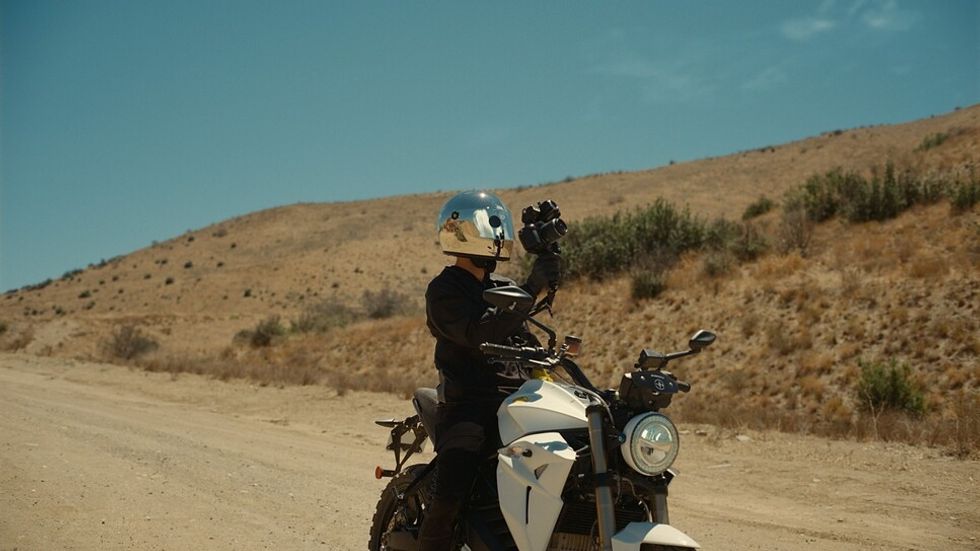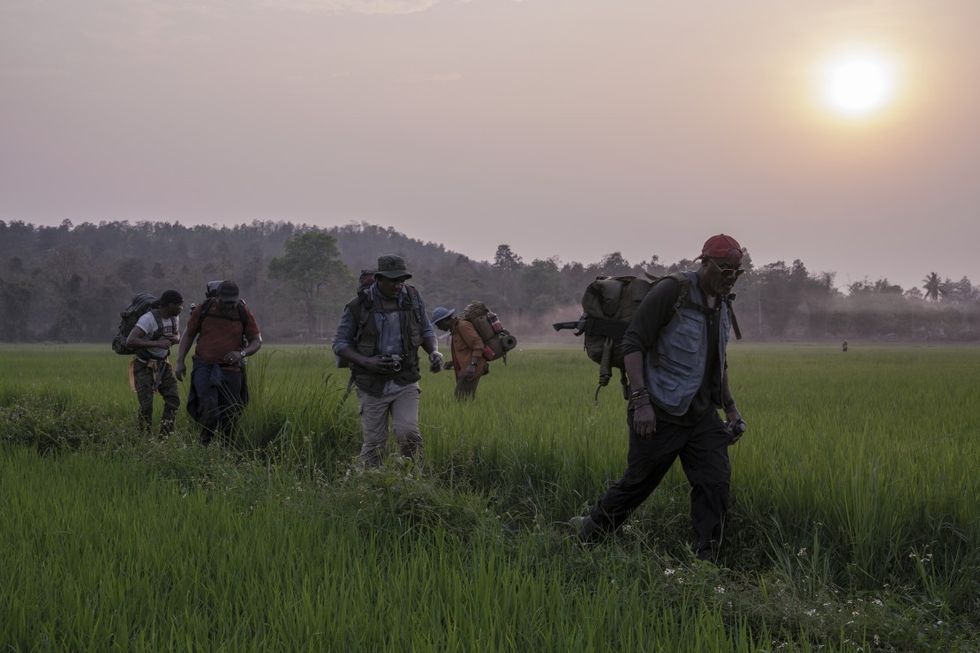How Did Tarantino Build Crushing Suspense in 'Inglorious Basterds'?
Quentin Tarantino as a master of suspense?

We often talk about Tarantino's gifts with dialogue and visuals, but one of the things he's been doing so well over the course of his career is setting up suspenseful stories. Whether it's building up to the Manson family killings or keeping us on the edge of our seats in Candyland, he's been doing it in subtle ways since he had guys arguing in an abandoned warehouse.
So how does Tarantino do it?
Well, there aren't tricks or special things Tarantino does that make him so special... there are just great choices and great writing.
But we can learn from that!
So, let's take a look at this video from Lessons from the Screenplay and talk after the jump.
How Did Tarantino Build Crushing Suspense in Inglorious Basterds?
One of my favorite things about this YouTube channel is that they really spend time looking at screenplays and analyzing them. While Tarantino has his own way of writing a story, I think watching his movies is sometimes more helpful for people trying to learn to screenwrite because they show pacing and tension.
In Lessons, we learn there are actually 6 key psychological elements when it comes to suspense.
Six Key Components of Suspense

How this applies to the opening scene...
When you watch the opening of Inglorious Basterds, you immediately understand the idea that Tarantino is building on humanity and human influence. We are in the middle of the country, this is not war-torn city life, but a fairly safe place. There are open pastures and rolling hills.
This should be a paradise, and it has been one...until now.
Now only is this a subtle inversion of tropes but also a way to lull the audience in.
If you need a refresher, you can watch the scene below.
Once Hans Landa is there, we are treated with a situation rife with conflict. there are two competing goals. One person wants to hide jews, the other person wants to hunt them. That creates a scene with certain instability. We know it cannot go one forever and that someone has to win.
This is a battle for control—and no one has it. Especially not the audience.
There is uncertainty about the fates of everyone in the situation.
Now, knowing Tarantino, we can predict Landa will win, but we anticipate and expect it to happen soon. Instead, defying this to build suspense, Tarantino makes it last a long time.
Contributing to this is the conversation but also the glasses of milk, the looming presence of soldiers, the daughters, and of course the people in the basement. We get the creek of footprints, the faux relaxation of banter, and the worry that it will all come crashing down at any minute.
It's interesting to see how Tarantino uses this stuff across his movies. Whether it's the standoff between Jules, Vincent, and the dudes eating Big Kahuna burger to the confusion and randomness of the heist in Jackie Browne.
Even the people under the floors is echoed in Hateful Eight, which plays like an extended version of this opening scene. Doesn't it?
So take your lessons from Tarantino wisely and get writing.
What's next? Get our free screenwriting eBook!
So much of what we're talking about on No Film School when it comes to screenwriting is summarized in our new eBook. It also helps guide you through a 10-week writing plan that will get your script actually finished.






















